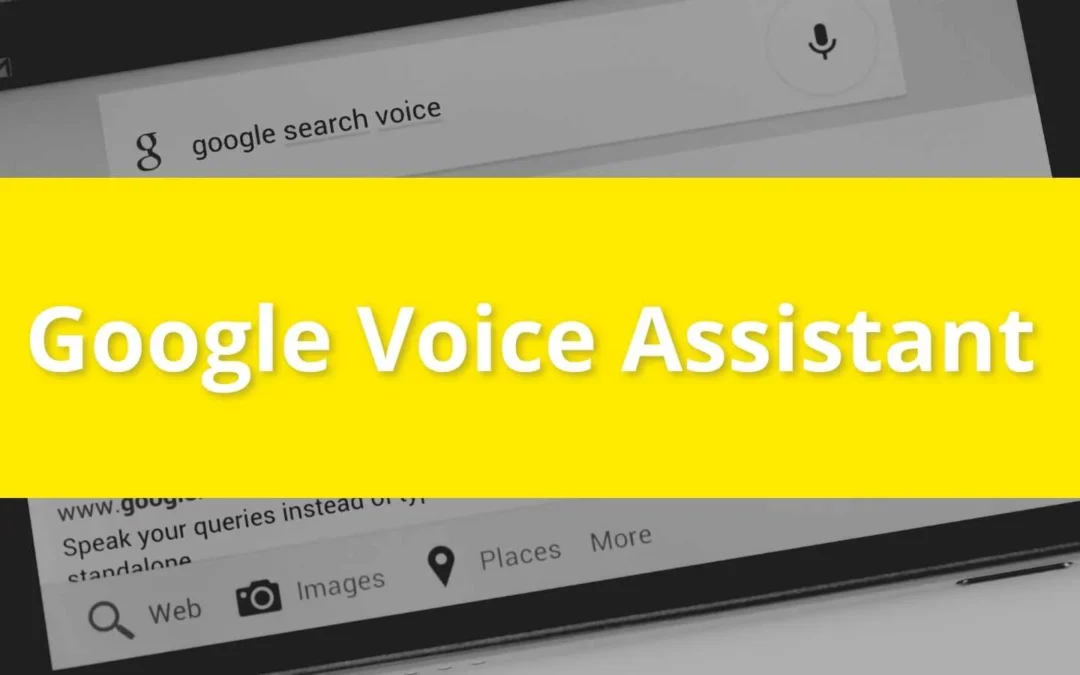How might we design for an emerging interface like voice?
One of our core values at Tadpull is continuous innovation which sounds good but is often much more difficult in practice. Finding inspiration on what to tackle and how to make our clients days easier is something we’re constantly trying to listen for and prototype against.
One simple act from our Customer Journey Mapping workshop that has helped us find emerging opportunities is to consistently be playing with different experiences. Yes, playing, much like children do naturally and with no expectation of any outcomes or any pre-judgement. This mindset is quite liberating and drives a ton of creativity with teams as it frees us all up to be not afraid of making mistakes or looking foolish. Only through the act of playing with something do we learn what’s possible and what could be better for the experience.
Playing with Data Is Not Fun for Most
However, when it comes to digital analytics and Big Data there is not much playing being done by those not in a data science or digital marketing analyst role. This is a shame because there are so many amazing opportunities lying in wait in the data for running a more profitable e-commerce business and ultimately serving a customer better.
And interacting with data is not something that is often a great experience.
Google Analytics, for all its glorious insights, is an interface that takes time to master and can be intimidating to leaders who are hard pressed for time. Pulling data out of a database and into spreadsheets is great if you know what answer you’re trying to find but that requires asking the right questions.
Given these challenges, we decided to slice apart the experience of interacting with data to see what might be possible with an emerging interface like voice. Using a bit of Customer Journey Mapping fundamentals, we sketched out the following:
Meet Jill
Jill is a CEO of a $12M retail business with wholesale and direct to consumer customers that is growing 30% annually. Managing such growth takes much of Jill’s time and while she often relies on data to make decisions, she doesn’t have the time to learn all the tools, so she’s often relying on her team to assemble charts and reports for her and the board.
And this drives Jill’s team crazy. On any given day, they’re tasked with pulling a variety of insights together and find that it’s often much of the same questions around site traffic, campaign performance, top selling items onsite, inventory status and customer insights like Net Promoter Score and Lifetime Value by specific time segments. They’ve tried to teach her the basics of Google Analytics but she doesn’t have the time to learn and quickly forgets how to build custom segments or where to go in the app.
Now, these are fairly straight forward insights that can be quickly pulled in a matter of minutes by a power user but lurking deep in the data are correlations that can have big impacts for the business. If a junior teammate doesn’t know how to ask the right question or fails to make the connection, Jill’s day can get very stressful.
Wait, What If You Don’t Need a Screen?
One experience that doesn’t work well for many in leadership is getting access to their e-commerce data.
From being onsite and working closely with these clients, we know how their days are tied up in meetings, travel and email while running from one fire to the next. They live on their phones or tablets with small screen real estate to work with for managing their decisions.
Meanwhile, almost every second there is data entering the system across digital marketing campaigns, inventory, and customer interactions. All these get boiled together and can create a nasty soup of problems if not addressed in a timely manner.
Which got us thinking, what if there was a way for a leader or digital marketer to get the insights they need but without having to distract a direct report or load up an Excel file?
Changing Behavior Off Interactions
When we started working on our Google Voice Assistant app, we were particularly curious about the idea of having all the data in the cloud and with the magic of machine learning and predictive analytics simply surfacing insights as needed with predefined tasks based on the business performance. If the system was humming correctly, there would be no need to bother a user (unless they initiated an interaction).
Our hypothesis is this would drastically reduce the complexity of interacting with the data on the screen and hopefully make the entire experience of interacting with the numbers in a much more simple and enjoyable experience.
Key Behavioral Trait: If it’s something that’s simple, we’re all much more likely to adopt it as a behavior. And if the feedback loop builds gratitude by catching problems before they arise, we might just have the makings of something to be adopted.
Which got us thinking that one of the most important safety tools in any building is a smoke detector. It sits there quietly doing its job until it notices a major emergency and then gets quite aggressive to alert the inhabitants to take action.

